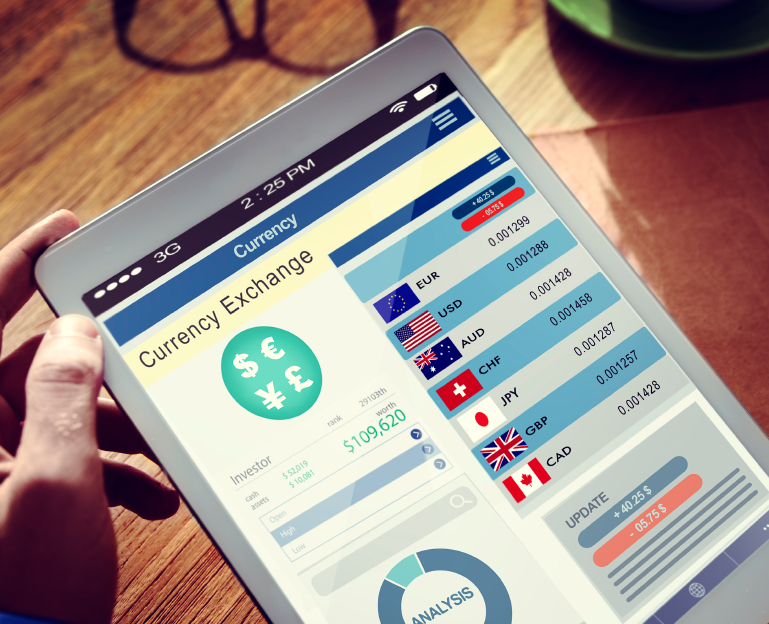Exchanging money from one currency to another doesn’t need to be complicated, but it’s important to make sure you’re getting the best deal. Foreign exchange businesses make money every time we buy and sell currency. We’ll explore the common ways currency exchanges charge fees and let you know how to avoid getting ripped off.
An introduction to exchange rates
The exchange rate is the difference in value between two currencies. For example, if a bank wanted to buy US dollars (USD) with Australian dollars (AUD), and the exchange rate was 0.71, every AUD dollar the bank spent would get it close to $0.71 USD. The rate that banks exchange currencies at is known as the “Interbank,” or “Base Exchange Rate.” Every currency exchange calculates their rates from the base rate.
As the base exchange rates goes up and down, the value of the currency you buy or sell changes as well. In February 2015, $2,000 AUD would have bought around $1,545 USD, whereas today, you would get close to $1,400 USD.

Changes in exchange rates aren’t the only factor that affects how much currency you can buy. There are three main ways currency exchanges make their money.
1. Differences between the base exchange rate and the rate the currency exchange quotes.
A currency exchange will always quote an exchange rate slightly worse than the base exchange rate. For example, the base might be $1 AUD = $0.71 USD, but the currency exchange offers $0.70 AUD.
2. A percentage commission that the currency exchange charges on your trade.
Some currency exchanges charge a flat percentage commission on the amount you want to exchange. If you want to buy $2,000 AUD worth of USD, and there’s a 1% commission, it will cost you $20 AUD more.
3. A flat fee that the currency exchange charges on your trade.
Some currency exchanges charge a flat fee, e.g. $10 AUD per trade.
The percentage commission and the flat fee do vary between companies. Some don’t charge a percentage, some don’t charge a flat fee, and some don’t charge either.
Now you know about exchange rates and fees, here’s a simple guide to getting the most from your money.

Step 1 – Find the base exchange rate
Look up the base exchange rate between the currencies you want to exchange on XE.com – XE has the latest base exchange rates for every combination of currencies.
Step 2 – Shop around
Find the exchange rates for the currency exchange businesses you’re thinking of using. Compare their rates to the base rate. The one that’s closest is providing the best deal, before taking fees and commissions into account. Multiply the amount of currency you want to exchange by the exchange rate, this will tell you how much you can expect to get, less fees.
Step 3 – Learn about the fees
Find out whether you will need to pay a percentage commission or a flat fee. Deduct that from the amount you worked out in step 2 – This will give you the final amount.
Step 4 – Compare how much you will receive
Once you’ve compared a few different currency exchanges, you’ll see how much exchange rates and fees impact what you receive. Once you’ve got a good comparison, you can choose the right deal for you.
As you can see, it’s worth shopping around, and choosing the right currency exchange business can save you significant amounts of money. To make things easier, here’s a link to a calculator that can take exchange rates, commissions, and fees into account.
Paul Maplesden is a freelance writer specialising in business, finance, and technology.
